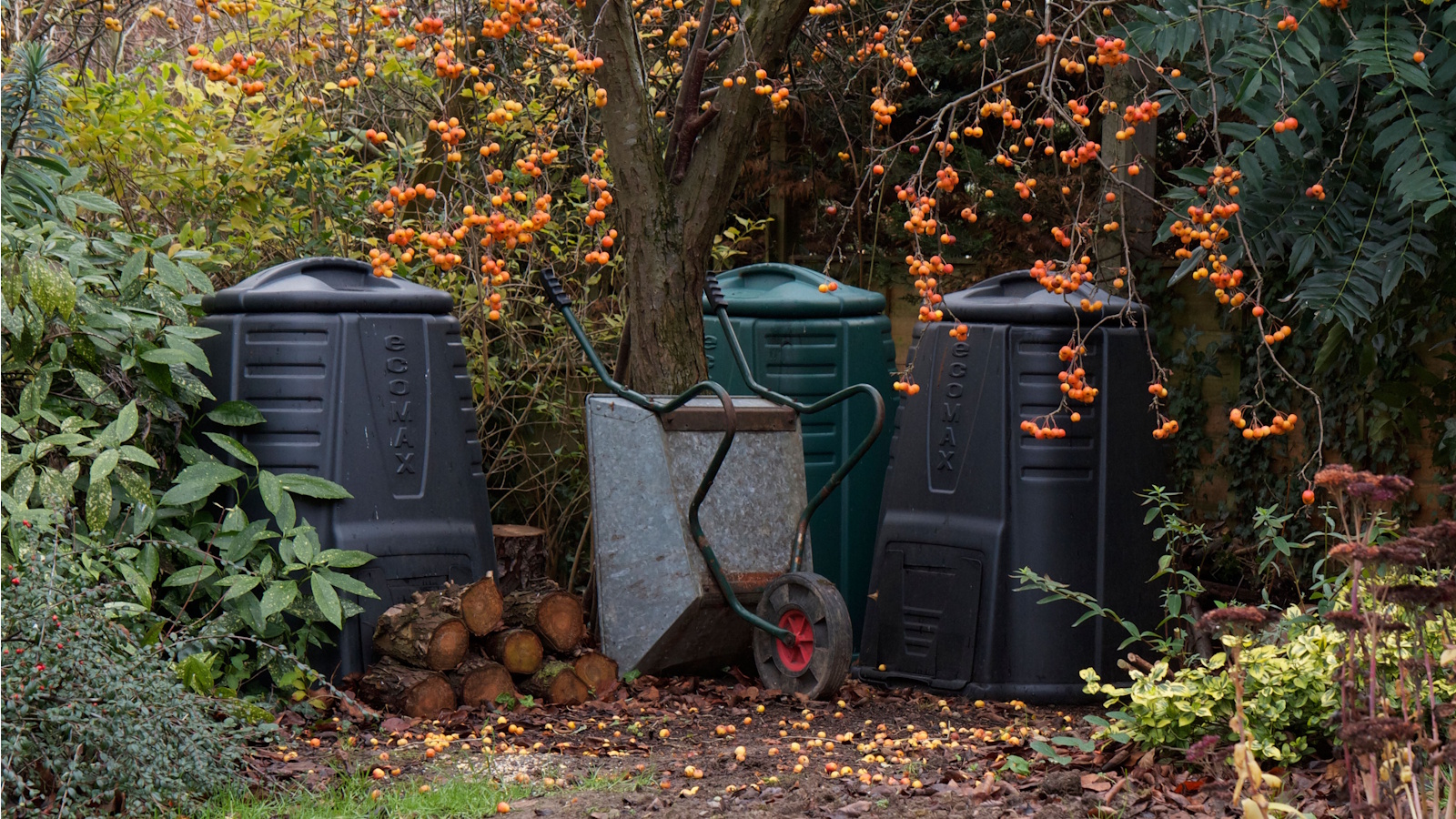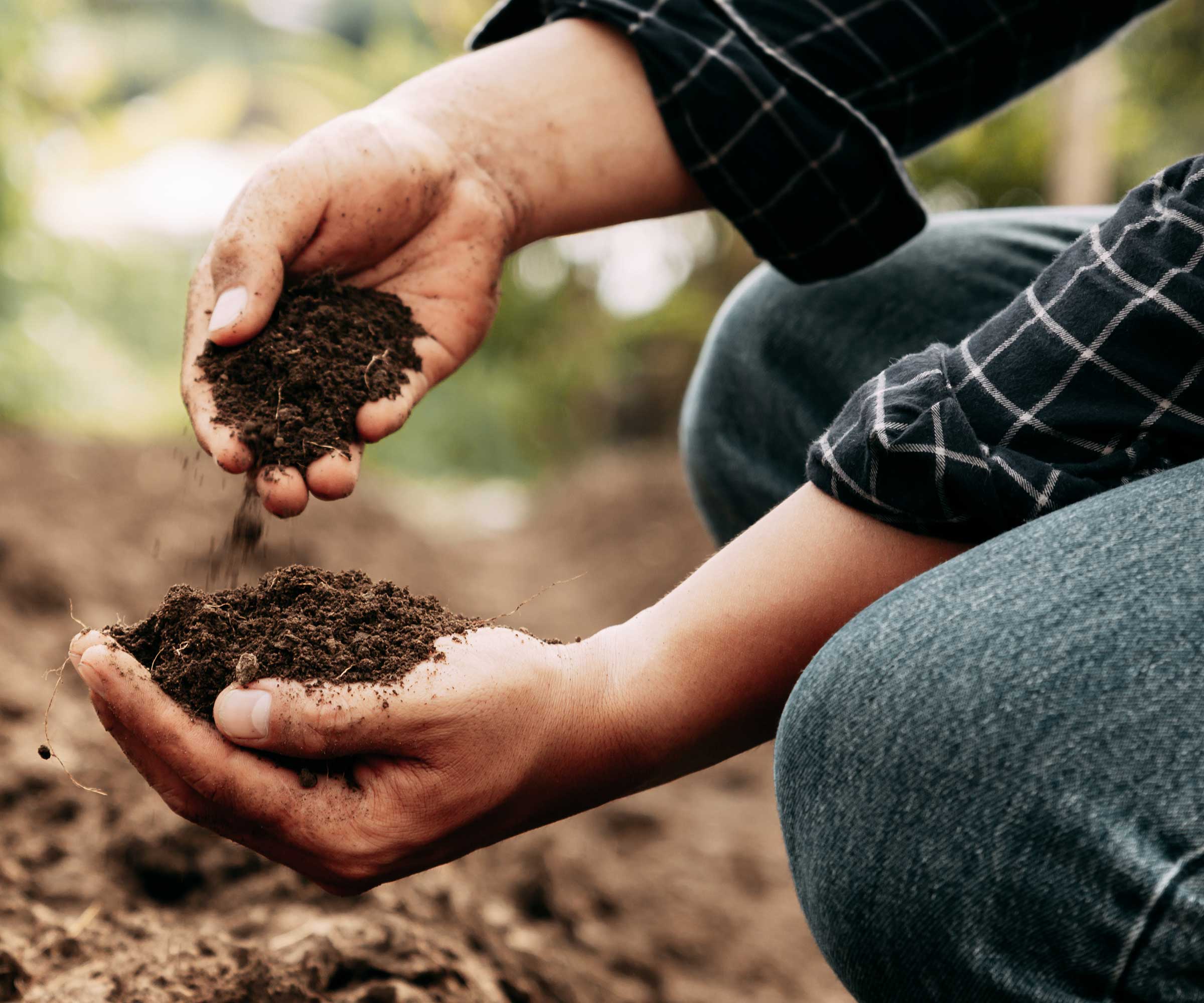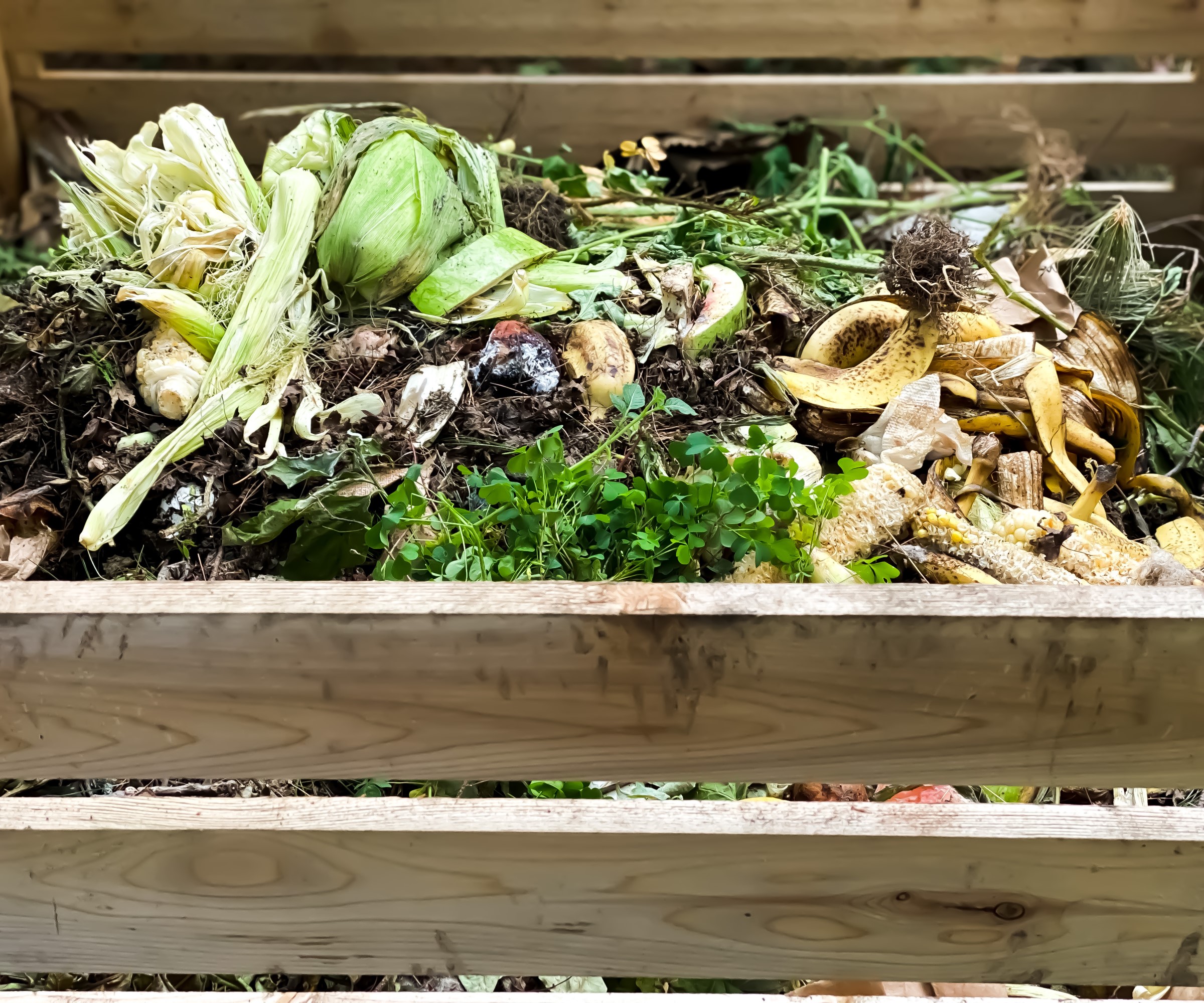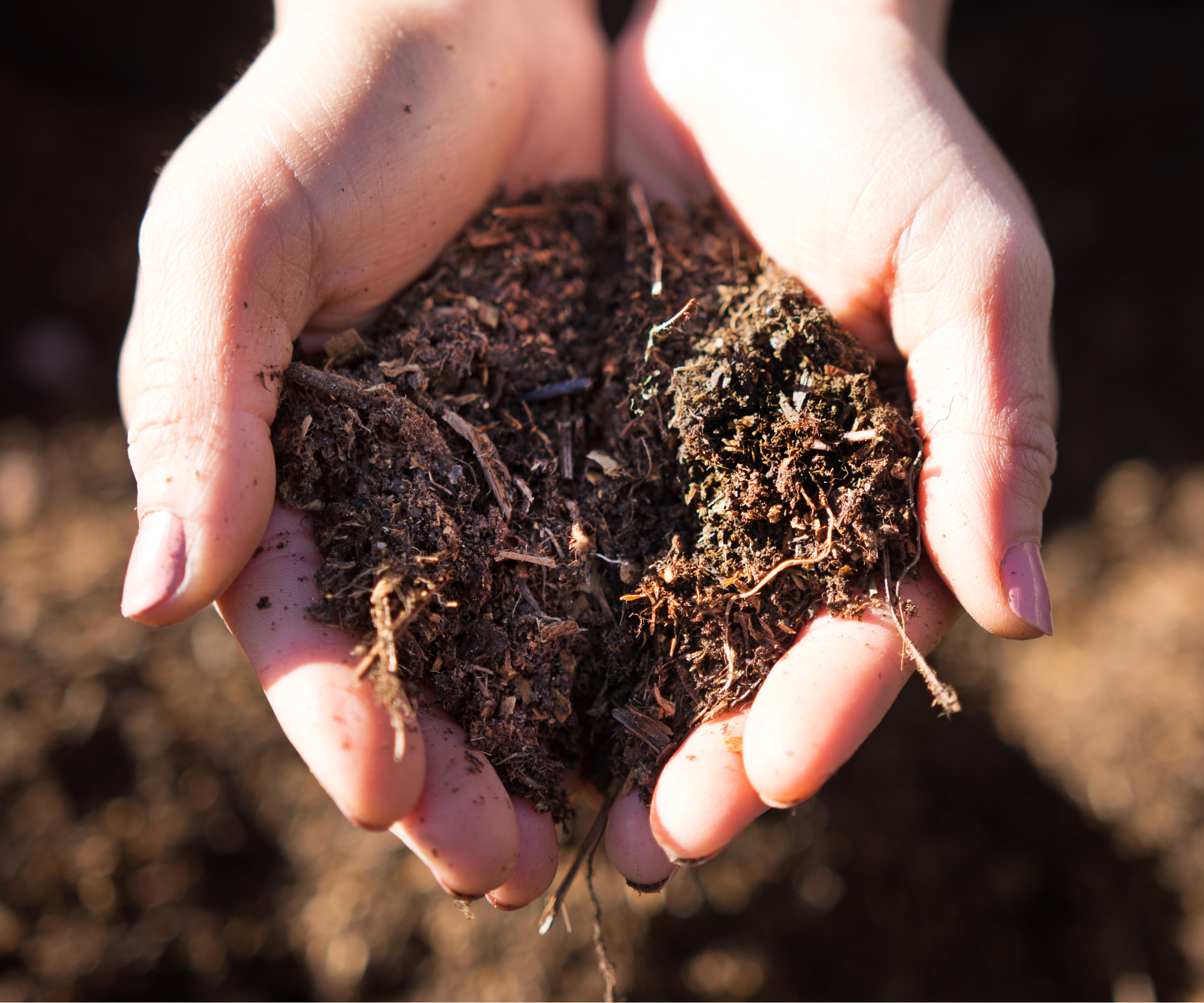
If you've tried making compost before, you'll know it can be time-consuming. You may find yourself routinely turning your compost and putting careful thought into layering green and brown materials in the right proportions. If you can't dedicate time and effort to this, experts say to try another method: lazy composting.
Lazy composting is quite simply making compost in a way that requires minimal effort. It's low-maintenance from the beginning to the end of the composting process, and you don't need any tools to make it work either, not even a compost bin.
Here, composting experts share the laziest way to compost and how to make this technique a success.

What is lazy composting?
'Lazy composting is a low-maintenance method of decomposition where organic waste, including kitchen scraps, yard trimmings, and paper products, is piled together and left to break down naturally over time,' explains Lauren Click, founder of Let's Go Compost.
In comparison, active composting methods usually involve a bin, compost tumbler, or a hot composting set-up. Lazy composting, however, simply requires you to have an empty space of land where you can pile up your materials and watch them decompose over time.
'This passive system relies on ambient microbial activity, fungi, invertebrates like worms, and environmental factors like rainfall and oxygen exposure,' Lauren explains.
How does lazy composting work?

'Unlike hot composting, which requires active aeration and monitoring of the carbon-to-nitrogen (C:N) ratio, lazy composting is slower and less controlled, but still effective over time,' she adds.
In active composting, it's a composting mistake not to create a ratio of around 1/4 green materials (such as food scraps and grass clippings) and 3/4 brown (such as cardboard and twigs).
However, you don't need to pay attention to this in lazy composting. Instead, you can just pile up typical and unusual compost ingredients.
'Simply by having carbon and nitrogen (browns and greens) present, microorganisms will slowly break down the organic materials into compost,' explains compost expert Ryan Cerrato.
Lazy composting essentials
Clear a space for your lazy compost pile by trimming grass nice and short. This grass trimmer is designed ergonomically for comfortable use.
You can optionally set your lazy compost pile up on a piece of cardboard. Over time, it will break down too. This is also an essential for no-dig gardening.
If you're struggling to collect brown materials for your compost, add this mulch. It will also provide moisture, aiding the rate of decomposition in your compost pile.
How long does lazy composting take?

Of course, without using methods to speed up composting - like using an aerator tool (from Amazon) and keeping temperatures up (monitored with this compost thermometer from Amazon) - lazy composting takes a lot longer than more typical composting techniques.
'This method usually takes six months to two years to produce finished humus, depending on factors like temperature, moisture, and material composition,' Lauren says.
'Decomposition slows down in cold or dry conditions and speeds up in warm, moist environments with a balanced mix of carbon-rich browns and nitrogen-rich greens,' she explains.
However, if you want to speed up the decomposition process of your lazy compost pile, you can do a few things. Having said that, it makes this method a little less low-effort.
'To accelerate the process without fully shifting to active composting, you can increase surface area by chopping materials into smaller pieces, layer browns and greens to maintain airflow, and lightly turn the pile every few weeks (with this garden shovel from Amazon) to introduce oxygen and prevent anaerobic conditions,' Lauren suggests.
You can also cover your pile with a tarp (from Walmart) to keep warmth and moisture in, further boosting biological activity.
FAQs
What ingredients should be avoided in lazy composting?
Because lazy composting consists of leaving a pile of food scraps and garden waste to decompose over time, there are a few ingredients you should avoid at all costs:
'Avoid adding meat, dairy, or greasy foods to a slow compost, which can attract pests and create odors, due to a lack of turning and lack of oxygen to quickly break materials down,' says Lauren Click, founder of Let's Go Compost. 'Bokashi composting is better for these types of materials,' she adds.
'Lazy composting is better than not composting at all, but if you're looking for higher-quality compost in less time, I recommend managing your compost piles by turning them, monitoring temperatures, and testing the finished product,' says Ryan Cerrato.
Whether you use a lazy composting method or an active composting method, make sure to test homemade compost before using it. It should have a crumbly consistency, and all materials should have broken down.







